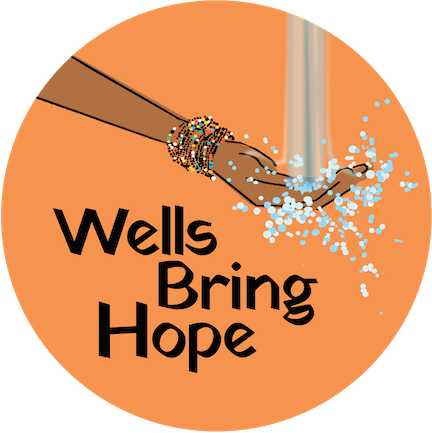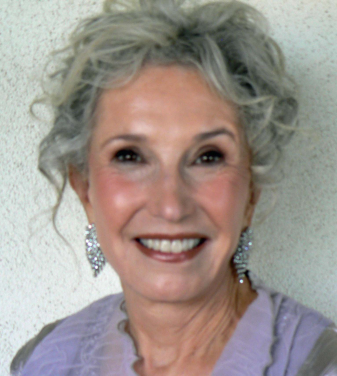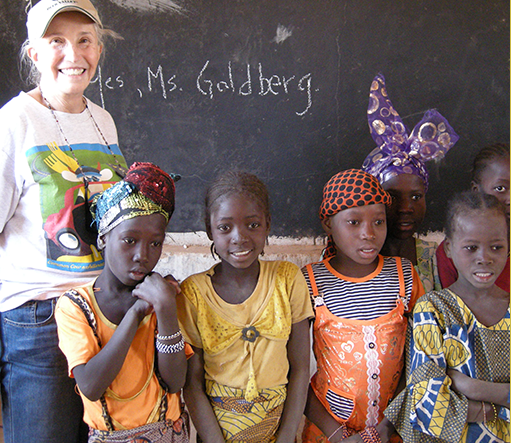by Kate Cusimano
When a new well is drilled, the most obvious and immediate benefit is access to clean water. Africa’s challenges, however, extend well beyond its water problems. Fortunately, the benefits that a new well offers to a community go a long way toward addressing these other issues. In addition to the reduction of water-related diseases, a new well offers myriad other benefits ranging from increased empowerment for women to a significant reduction in local poverty. The following are the top five ways that a village benefits when Wells Bring Hope, in partnership with World Vision, drills a new well.
There is an immediate improvement in the health of the local population.
In West Africa, problems with water and sanitation are largely responsible for a low life expectancy and high rate of childhood mortality. By digging a well, we can reduce childhood mortality by a staggering 65 percent. In addition, access to clean water virtually eliminates waterborne diseases such as trachoma, an infection that affects 40% of Nigeriens and leads to blindness if left untreated.
Women are empowered and progress is made toward gender equality.
When a community does not have access to a clean water source, the burden of tracking down and hauling clean water falls to women and girls. In the dry season, this means that the female villagers end up walking as many as six miles every day in order to provide their families with clean water. Time spent gathering water is time that these women and girls do not have for education or income-producing work. In addition, these multi-mile treks are fraught with danger; physical and sexual assaults as well as wild animal attacks are very real threats. When a well is dug, women regain the time necessary to receive an education and earn an income, two things that can increase their perceived value within a community. In addition, Nigerien law dictates that the committee charged with maintaining a well must be at least 50% female. This is significant because it empowers women and gives them a voice and a means of influencing village life.
A fifteen-year commitment to the education and empowerment of the villagers begins.
Digging a well is only the first step toward transforming the lives of local residents. In addition to providing a clean water source, it is important to educate people on the importance of good sanitation and proper hygiene. Latrines are installed and locals are taught the importance of using them in order to avoid contaminating the water supply. In addition, villagers are taught the essentials of drip farming so they can begin using “grey water” to grow vegetables for personal consumption and for sale. Finally, our World Division partners visit each village once a month to ensure that the program continues to thrive.
Education becomes a reality and a priority.
Children who once spent the better part of a day helping their mothers carry water from distant wells have more time to devote to school once a well is dug. In addition, children no longer have to miss school because of the debilitating diarrhea that results from consuming dirty water. Overall, a new well can result in a 40% improvement in school attendance.
Women are given micro-loans to develop small businesses.
When women no longer have to spend hours gathering water, they have the time necessary to start and run small businesses, so providing the micro-loans they need to get started has become an essential part of our work. These women have a wealth of knowledge and experience, and with just a little bit of seed money, they are able to create and maintain small businesses. Working together, the women form micro-credit enterprises in which they do things like raise livestock, grow vegetables, and make peanut oil, millet cakes, or soap to sell at the local market. When women are empowered and valued members of the society, the quality of life for everyone in the village is markedly improved.


.png)

